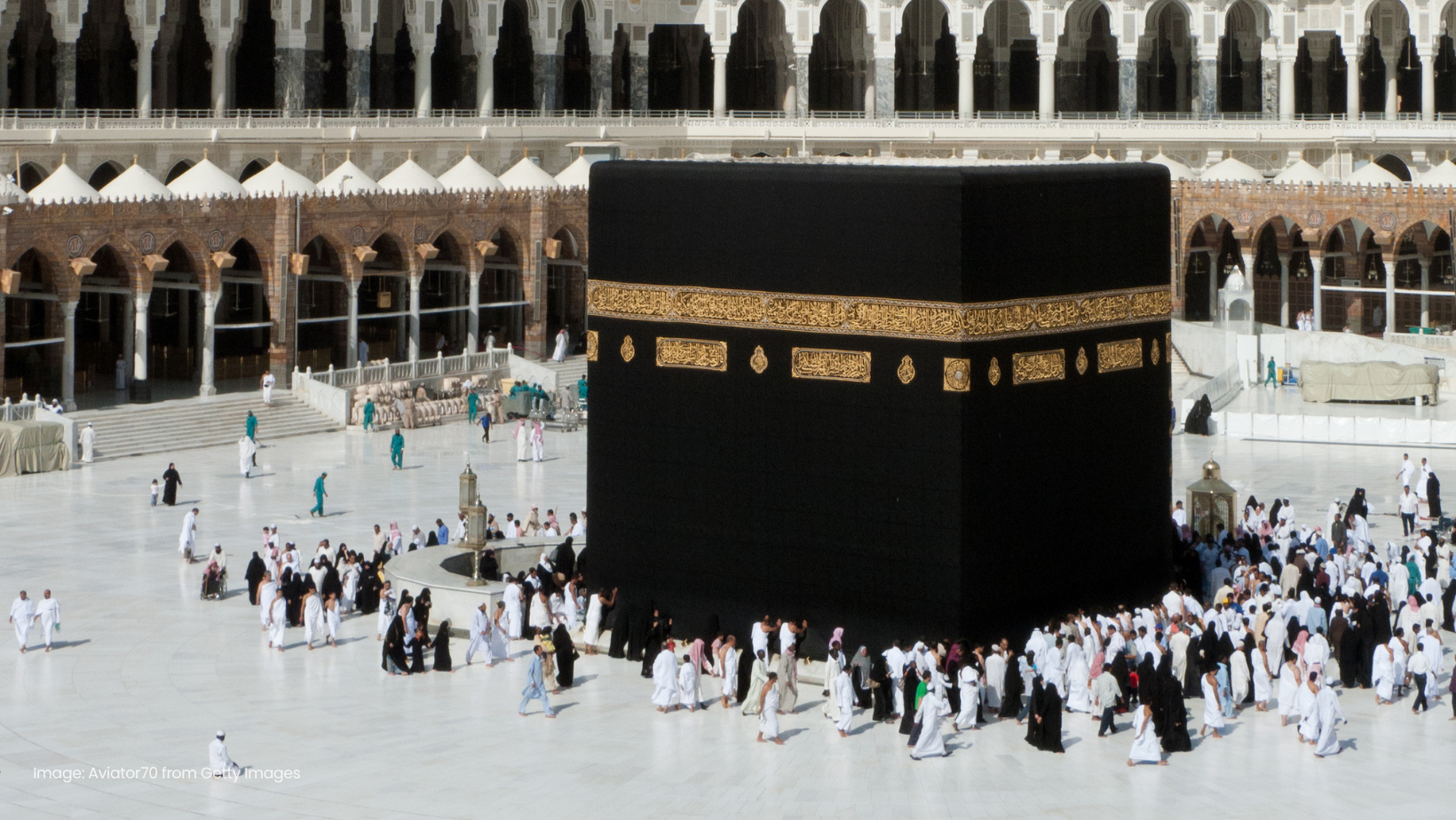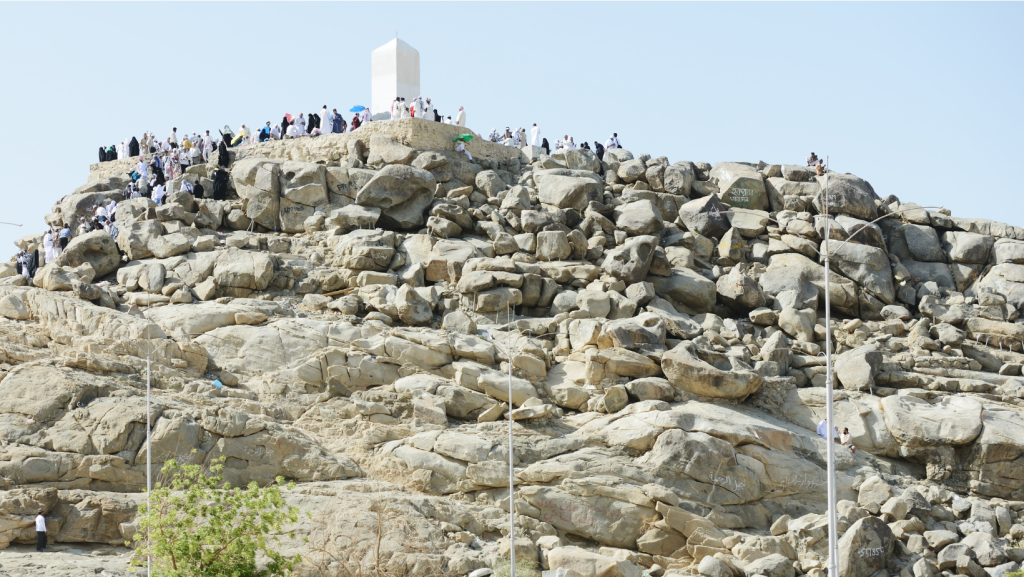
The Hajj takes place in the Islamic month of Dhul Hijjah, which usually falls in the summer months. This year, it occurs in the months of June to August, which are among the hottest months of the year in Saudi Arabia.
The extreme temperatures in Saudi Arabia during this time can cause concern, especially for health due to the heat. Hence, heat exhaustion and dehydration are common risks that pilgrims face during the Hajj, especially when performing it under the scorching sun.
Hot Weather Preparation

Pilgrims need to take note of the extreme weather so they can prepare for the challenging conditions they may encounter during the pilgrimage. According to the weather forecast, the average high temperature in Saudi Arabia will be 43.8°C without rainfall in the month of June. Meanwhile, the temperature further increased by around 44°C on average, with almost no rainfall. For location, the highest temperature in Saudi Arabia is Al-Hofuf, with daytime peaks averaging near 46°C. The coldest part will be Abha, a popular tourist destination, with a daytime peak at 30°C, according to World Weather & Climate Information.
Stay hydrated: Given that Hajj takes place during the hottest months of the year, staying hydrated is crucial to avoid dehydration and heat-related illnesses. Pilgrims should drink plenty of water throughout the day, especially during outdoor rituals and while walking long distances.
Wear appropriate clothing: Dressing in lightweight, breathable fabrics such as cotton is essential to staying cool and comfortable in the heat. Pilgrims should also wear a wide-brimmed hat or carry an umbrella for sun protection.
Adjust energy levels: Recognize the limitations of your body in extreme heat and pace yourself accordingly. Take breaks in shaded areas and avoid exerting yourself during the hottest parts of the day.
Set schedules: Plan your activities during cooler times of the day, such as early morning or late evening, to minimize exposure to the sun’s intense heat. This may involve adjusting your routine to accommodate the climate.
Use transportation if needed: Utilize available transportation options such as buses or taxis to avoid long walks in the heat, especially for elderly or medically fragile pilgrims. Plan your routes in advance to minimize time spent outdoors.
Buy necessities in a nearby area: Stock up on essential items like water, sunscreen, hats, fans, and snacks from shops located close to your accommodation or the pilgrimage sites. This minimizes the need to venture far in the heat to purchase supplies.
Ensure to have companions: Traveling with a group or buddy system provides support and assistance, especially in challenging conditions like extreme heat. Look out for fellow pilgrims and offer help if needed.
General Guidance for Pilgrims
Other than preparing for the extreme hot weather, pilgrims should keep in mind that Hajj season is one of the largest human gatherings, where Muslim crowds from different nations, nationalities, and languages are bound together for the same goal. Hence, the government of Saudi Arabia provides useful guidance for the pilgrims:
- Avoid crowds during circumambulation and the pursuit of the stoning ritual.
- Be patient when performing Hajj to avoid causing stress for yourself and others.
- Use the designated paths, especially for walkers, when moving around.
- Follow security instructions during travels in the Holy Places.
- Avoid sitting or sleeping in the entrance or exit of the walkers’ tunnels.
- Beware of suffocation risks when walking in car tunnels.
- Maintain calm behaviour and tranquility for your safety and that of others.
- Cooperate and assist the elderly and children, as they may need your help.
- Stay mindful of unconscious individual behaviors and prevent yourself from engaging in them.
In addition to the guidance above, pilgrims need to wear a form of identification, such as a wristband or necklace, with important personal information, including their name, emergency contact information, and any medical conditions or allergies. This is to ensure that pilgrims can be easily identified and assisted if necessary during the pilgrimage.
Conclusions
Hajj pilgrimages take place during the hottest months of the year in Saudi Arabia, with temperatures reaching up to 44°C on average. Pilgrims must be well-prepared to handle the extreme heat to ensure a safe and comfortable journey. Key essentials should focus on staying hydrated while being mindful of crowds and assisting others when needed. With good preparation and taking precautions, pilgrims can have a meaningful and memorable experience during their journey.




